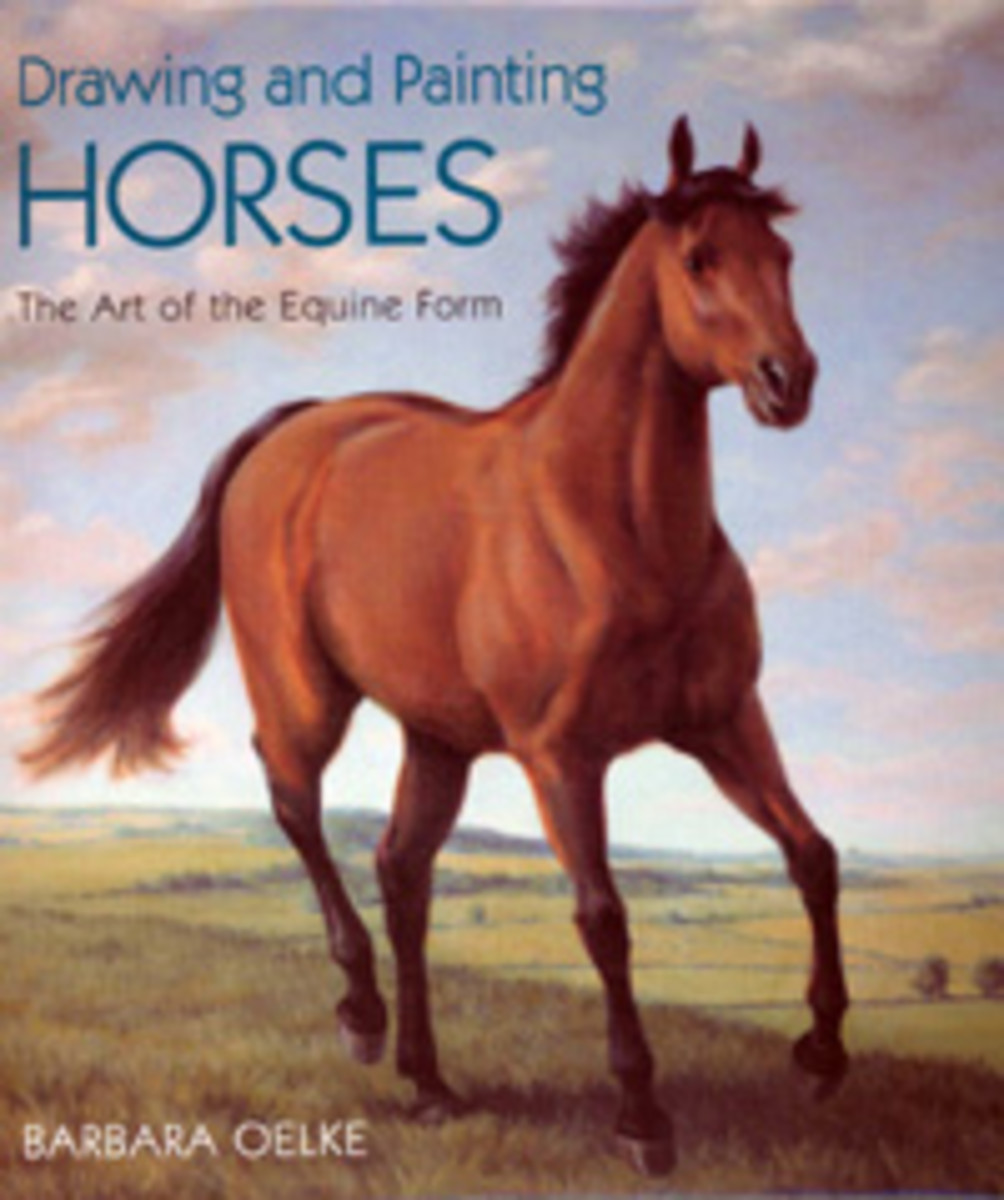Home > Horse World > Review: Drawing and Painting Horses
Review: Drawing and Painting Horses
- March 10, 2017
- ⎯ Equus
Not since Sam Savitt’s 1991 classic on drawing horses has there been a how-to book on creating equine art that is as entertaining and informative as Barbara Oelke’s new work.

An award-winning artist who has been drawing and painting scenes of the equestrian lifestyle for more than 22 years, Oelke has served as vice president and director of education for the American Academy of Equine Art since 1992. The Monkton, Maryland, resident teaches workshops at the Kentucky Horse Park in Lexington every year. Her work has appeared in invitational and juried exhibitions throughout the U.S., and is in many private collections.
Drawing and Painting Horses opens with a chapter on the history of equine art, beautifully illustrated with paintings by Turner, Delacroix, Stubbs, Herring, Munnings and Stull to show the artists’ growing knowledge of equine anatomy and motion. Horses are complex animals, difficult to capture on canvas, and it is interesting to see how the early artists, despite their misperceptions of those two fundamentals – anatomy and motion — still convey their elegance, spirit and agility. We still admire paintings of the “rocking horse” gait that all early artists accepted until Eadweard Muybridge’s famous sequential photos in the late 1800s put the lie to that belief. And the elongated bodies and necks in early Herring paintings are still arresting images. Only Stubbs was ahead of his time in accurately showing the anatomy and posture of the horse, but he wisely avoided the gaits.
The fine work of modern artists Jean Bowman and Andre Pater open a chapter on anatomy from the skeleton out, including detailed illustrations of feet, legs, head, eyes, ears and muzzle from every perspective. This is followed by an analysis of joints and how they produce gaits and what they look like at every stage. When Oelke illustrates this lesson with her own “Evening Calls,” it is obvious that the horse is accurately depicted at a canter on the right lead.
Oelke offers a primer on materials — the nuts and bolts of creating an image in various mediums — then moves into the intricate concepts of line, value, shape, texture, light, color — and more. This is a fascinating chapter, with Rosa Bonheur’s wonderful “The Horse Fair” (painted in 1853) used to show composition.
The finals chapters are nuts and bolts but no less interesting – how to use photographs and overlays, traditional poses, adding people and backgrounds, and most important, how to develop a horseman’s eye. Though, as the author says, many fine equine painters have never “seen the back of a horse,” it should come as no surprise that the best way to develop a horseman’s eye is by hands-on experience, either by riding or perhaps even better with a hand on the lead rope or rub rag.
Oelke has done such a masterful job on this book that even those of us who have no intention of every picking up a paint brush will linger over every page. I certainly did – several times, actually. The aspiring artist – or even the veteran looking for ways to improve his/her work – will want to have this book within easy reach of the easel or drawing board.
Drawing and Painting Horses is published by Watson-Guptill Publications; ISBN: 0823014193





